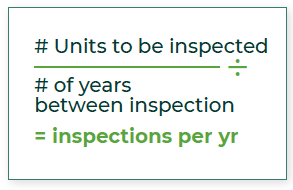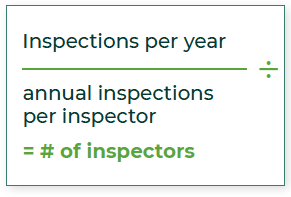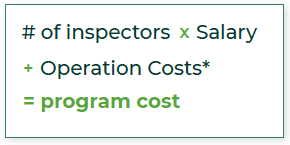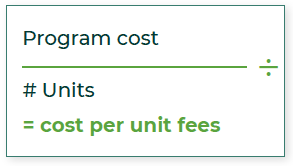Do Your Homework to Develop a Proactive Rental Inspection Policy
Start Developing your proactive rental inspection policy
We simplified our nationwide research into this easy-to-follow guide to help you outline a policy that can be transformed into a formal ordinance to protect your community. Before we dig into the policy details, do this homework to increase buy-in and determine financial impacts.
Once you’ve solicited meaningful stakeholder input and oversight, done the math, and committed to addressed the problem holistically, you’ll be ready to visit these other resources.
Fill-in-the-blank PolicyPolicy Cheat SheetDeep Dive Into PolicyEffective Policy Can’t be Created Alone: Meaningful Stakeholder Input and Oversight
Lead poisoning prevention programs affect many stakeholders — putting burdens on them, providing benefits to them, or changing how they do their jobs. Developing and implementing local policies without meaningful stakeholder input can lead to unintended consequences, including landlords suing to challenge a program, politicians underfunding a program, city staff failing to implement or enforce a program, or tenants suffering from unintended consequences of the program such as higher rents or displacement. Involving stakeholders before policy development, during the process, and while the programs are implemented can greatly increase buy-in across the community and increase the program’s effectiveness.
A lead-focused coalition can comprise:
- Parents of children who have been lead poisoned to share their stories
- Tenant and neighborhood advocates to share the real impact to tenants
- Landlord advocates to understand landlord concerns
- Government employees to understand current structures and systems
- Medical professionals to under local health impacts
- Education professionals to know how to reach local families and support lead-poisoned children
- Grassroots health and environmental organizations that advocate for and assess policies
- Local philanthropy groups to facilitate funder engagement
- Academics with ability to provide neutral information about the housing stock, economic impact, and the effects of the policies
Do the math: budgeting and reducing harm
To be successful, we must design and implement primary prevention programs to best protect kids given financial and other realities within a community. For example, it would be a mistake to require full abatement and removal of all lead hazards in a community with low housing values because landlords could not afford those fixes. Likewise, if a program calls for home inspections every four years, but only requires measures that will control lead hazards for two years, children will face lead hazards before a reinspection. Because these factors vary across communities, adopting another community’s approach without “doing the math” yourself will likely lead to program failure.
If your city will do inspections itself, start with basic cost calculations:





Other “math-based” questions to consider:
- How much would it cost for the city to do the inspection versus landlords hire third-party inspectors and the city auditing the program?
- If a program inspects all housing every two years, how many inspectors are needed (either as city employees or in the private market) based on how long inspections take and how large the rental market is?
- What’s the cost difference between lead risk assessment, X-ray fluorescence, dust wipe clearance, paint chip or soil testing? Can you find a way to afford risk assessment?
- The answers to these questions will guide how you can design a proactive rental inspection policy that works for your community.
- Given your cost calculations, how much do you need to charge for your program to be self-sustaining?
- Check out what other communities are charging to support their programs.
Approach the problem holistically
The research shows those with the best outcomes approach the lead poisoning issue holistically, looking at primary prevention policies, finances, transparency, enforcement, outreach, testing kids for lead poisoning, remediating homes where kids are lead-poisoned, early intervention support for lead-poisoned children, cultural competency, community buy-in, and tenant protections together.

